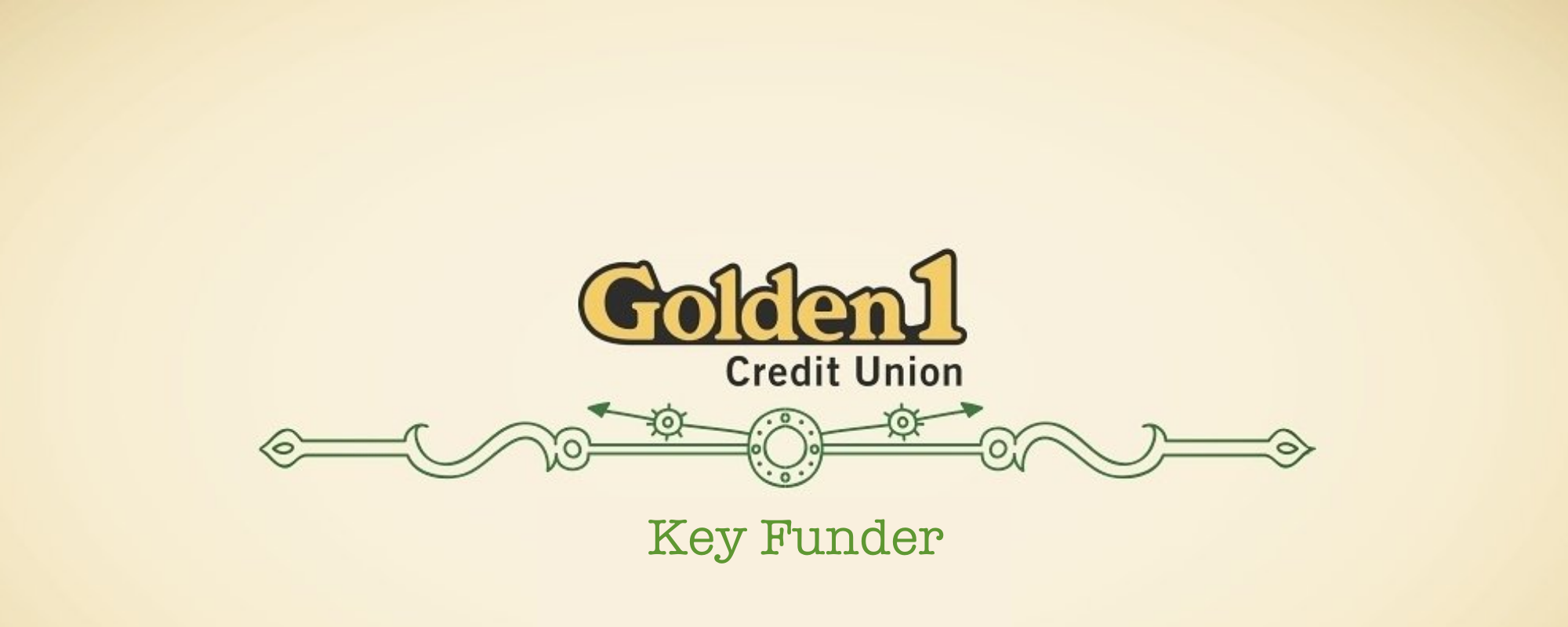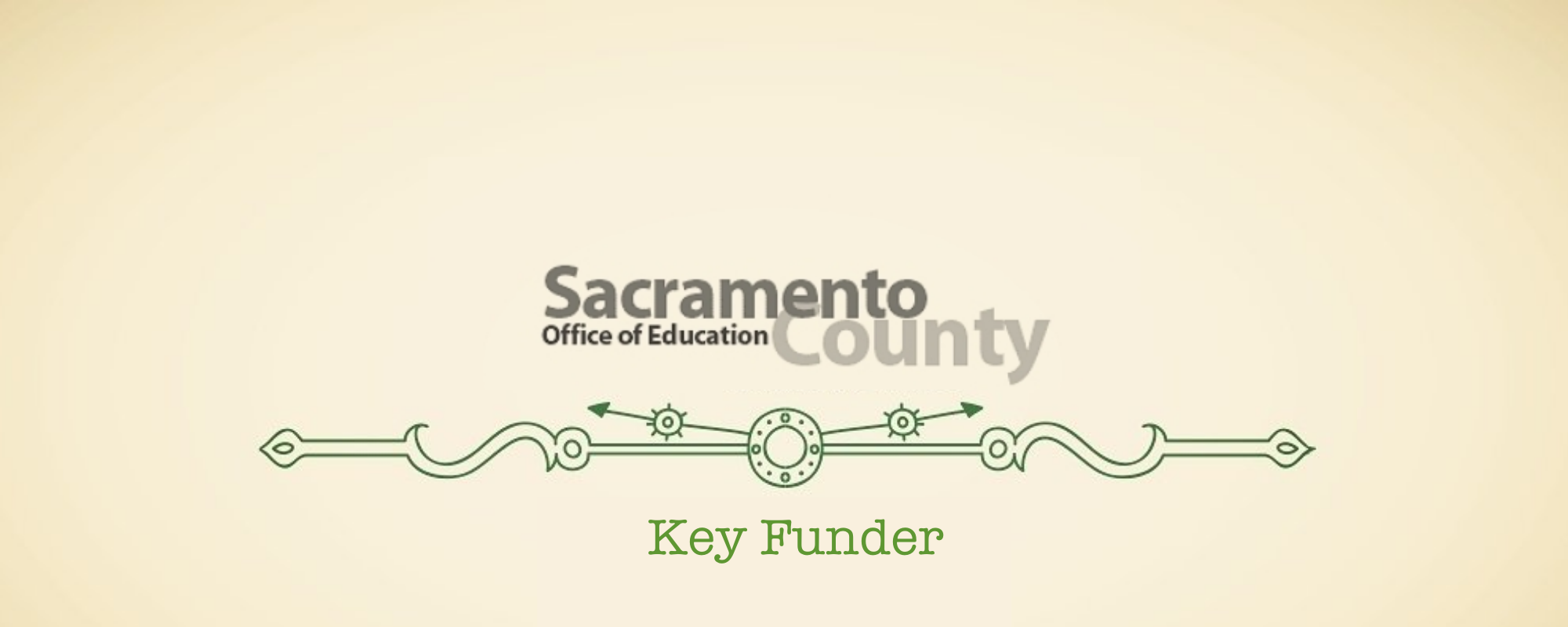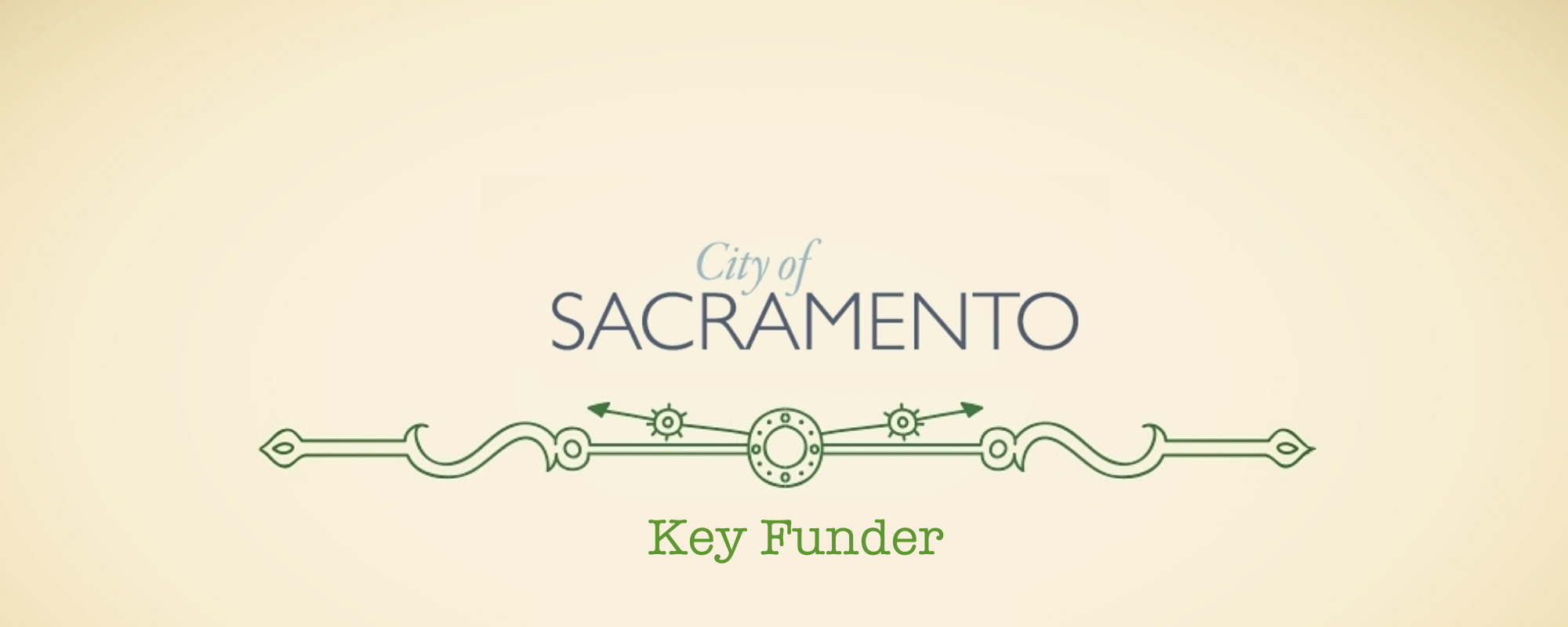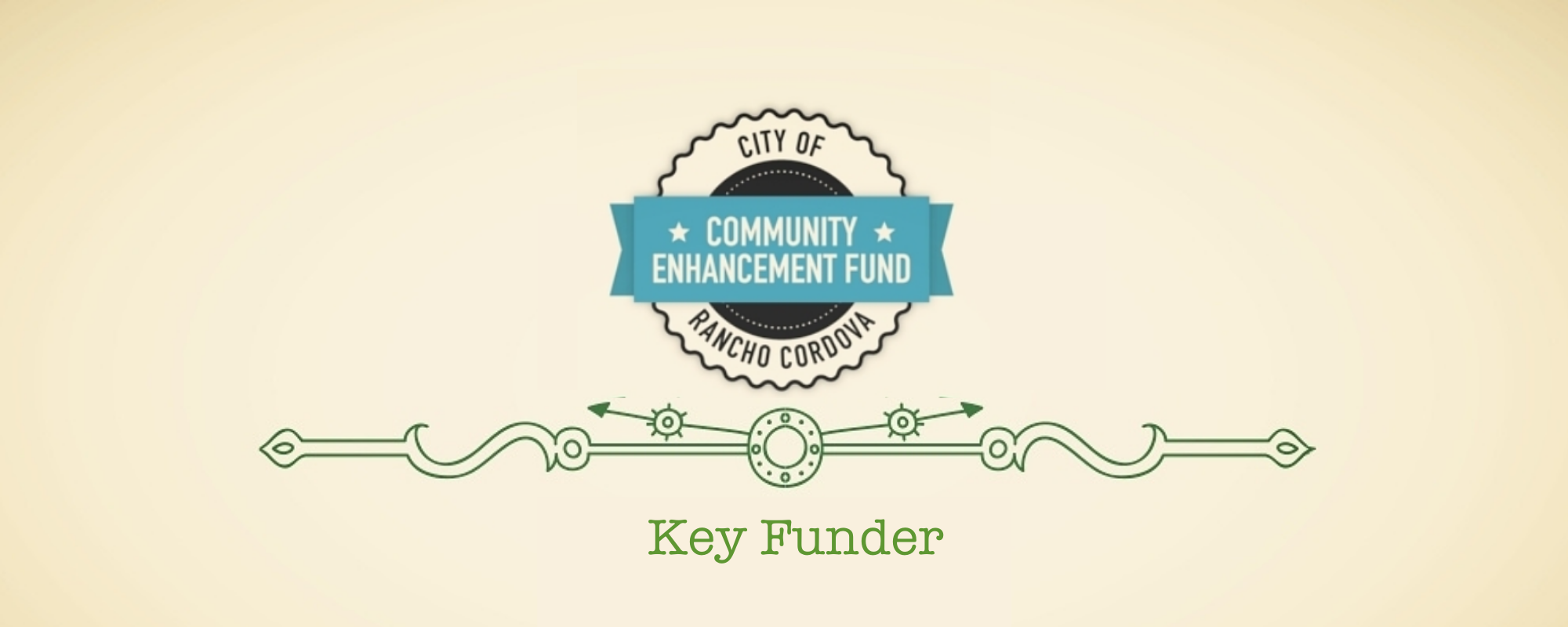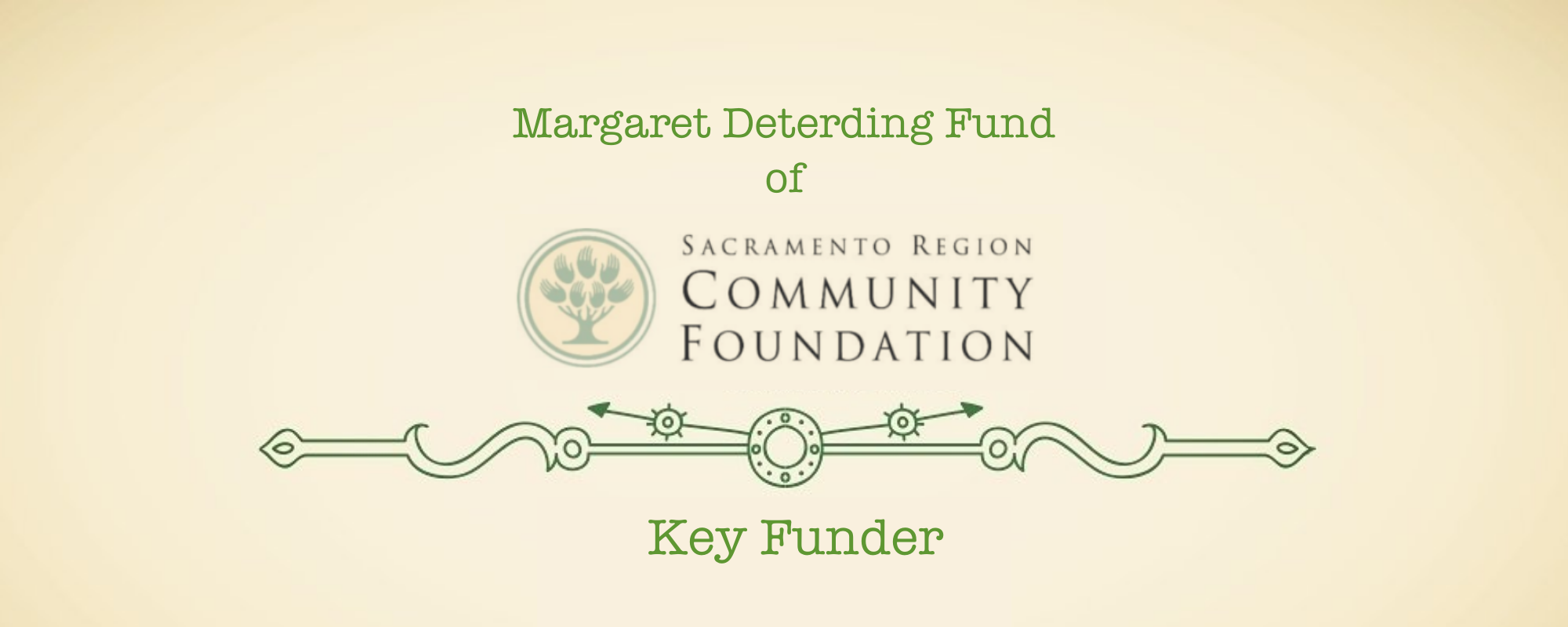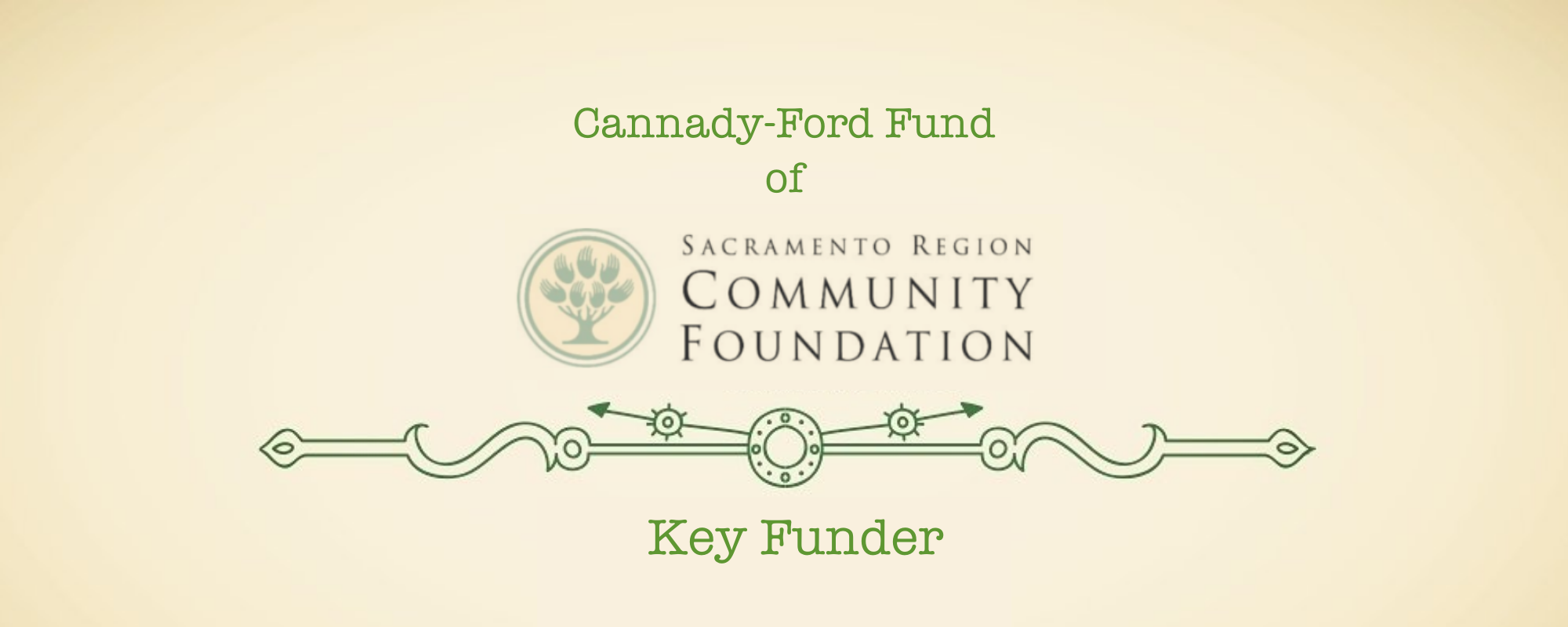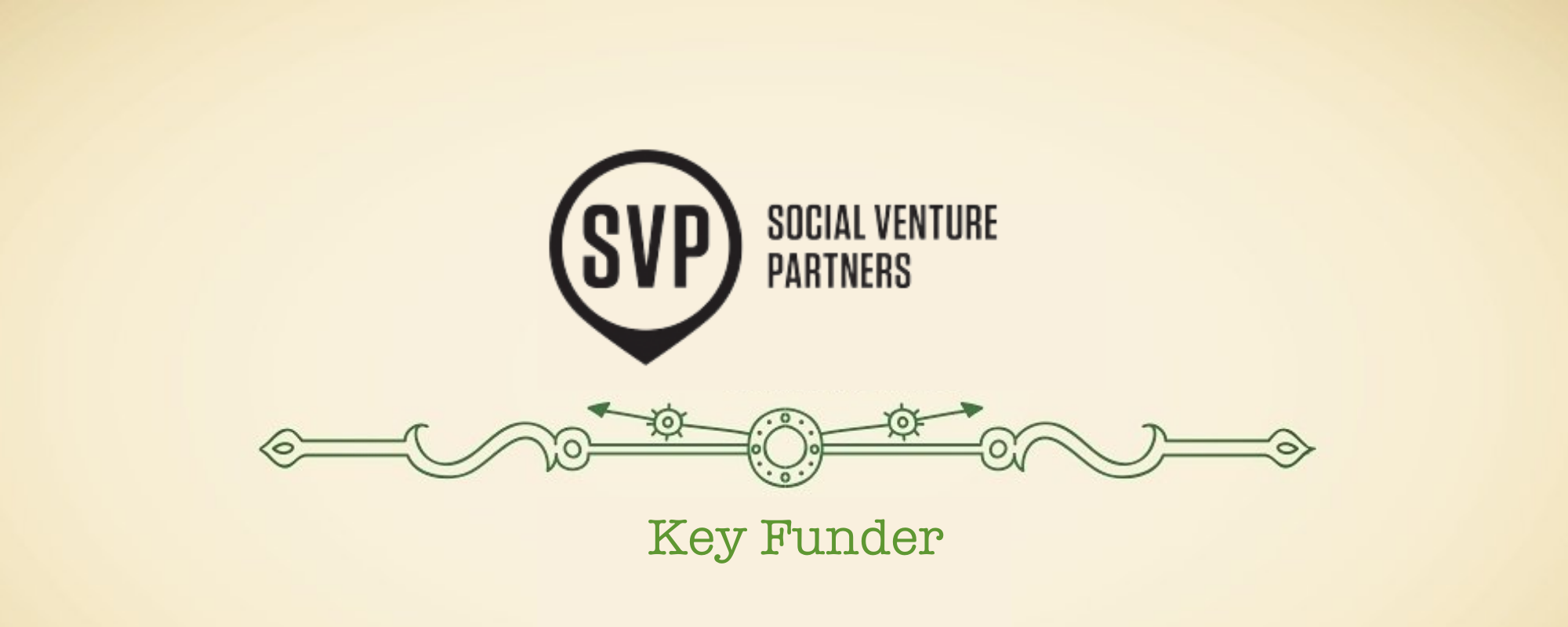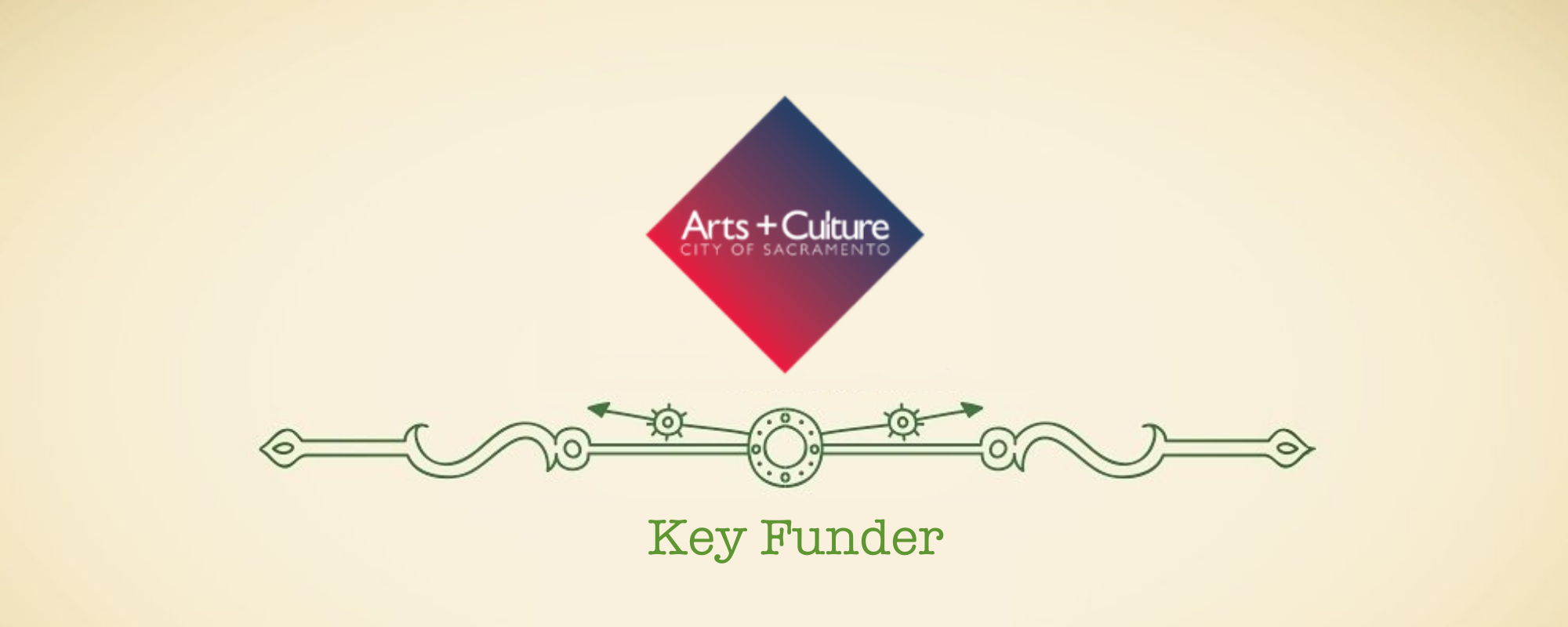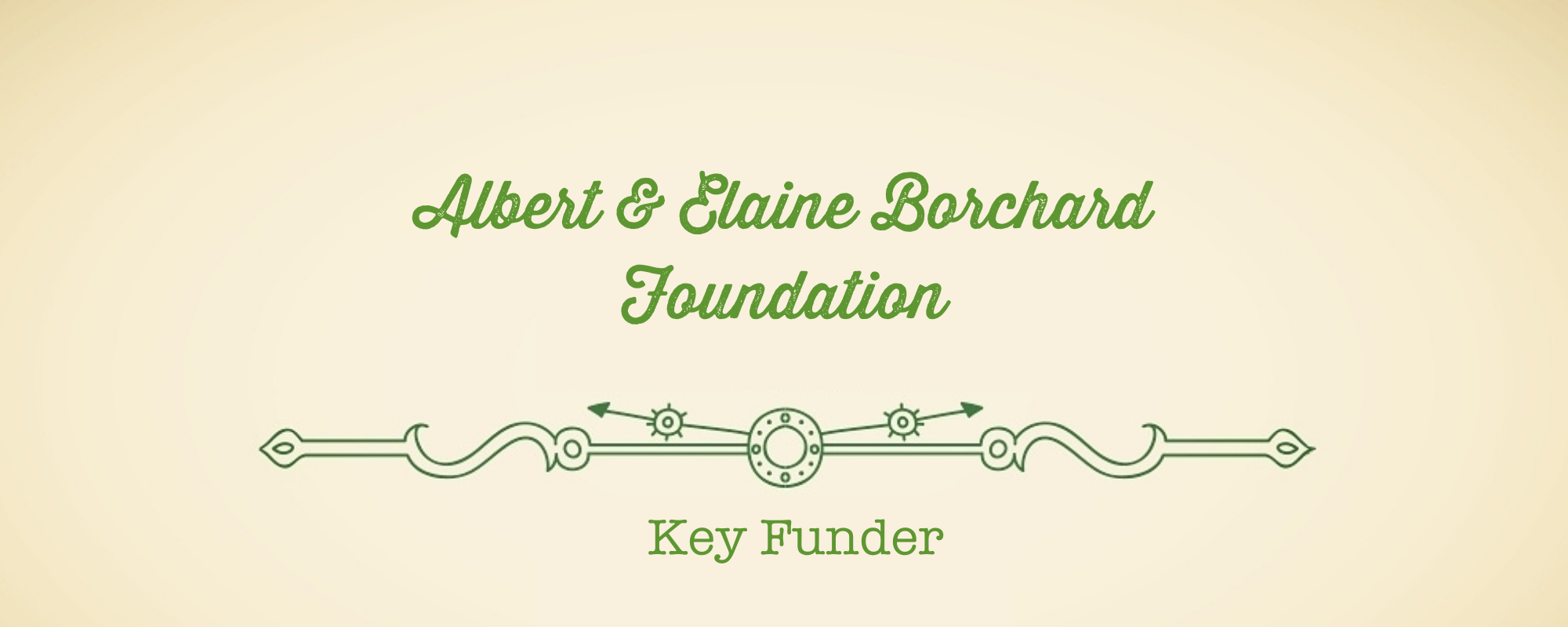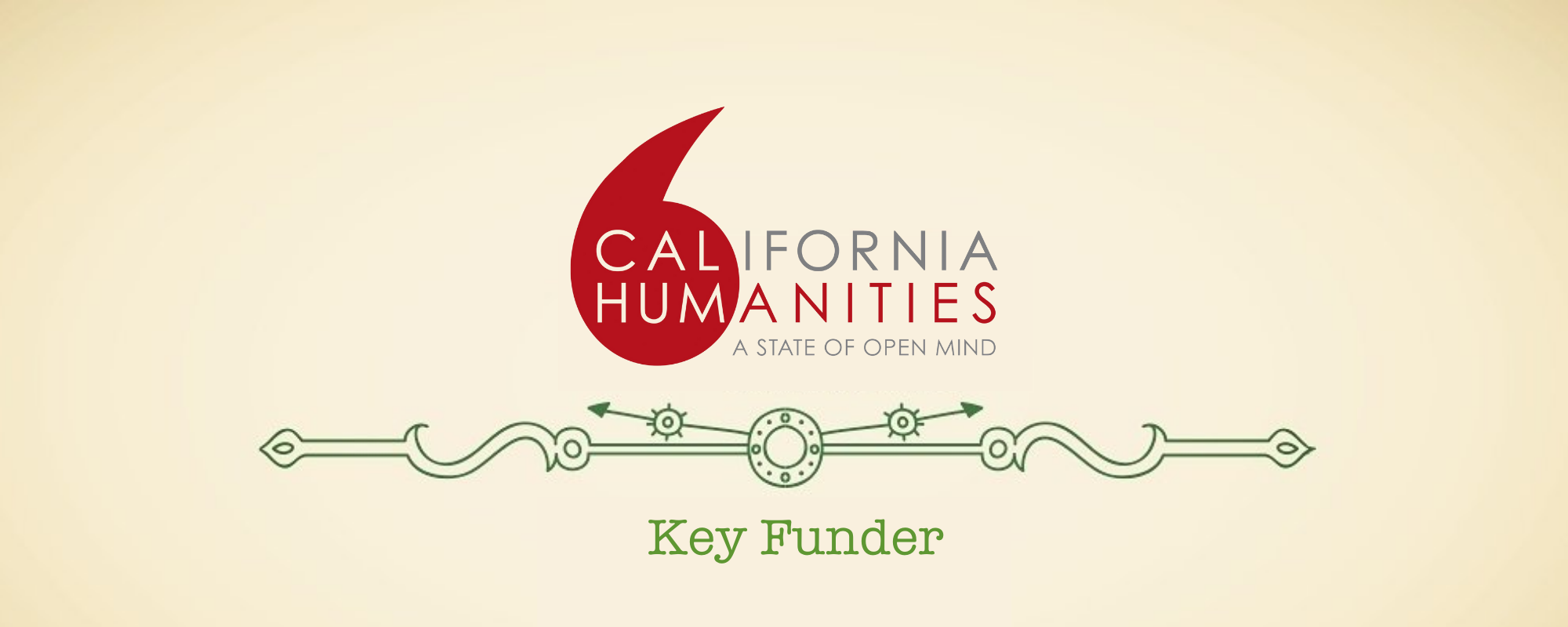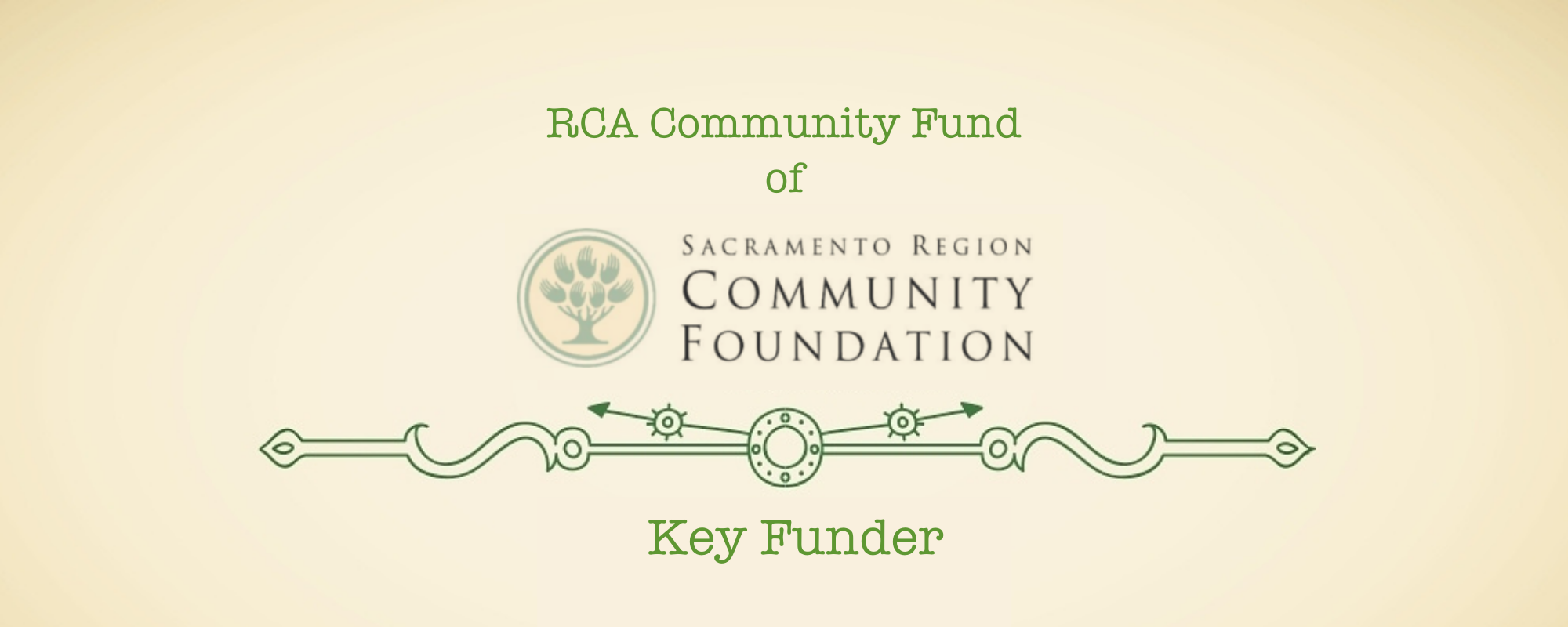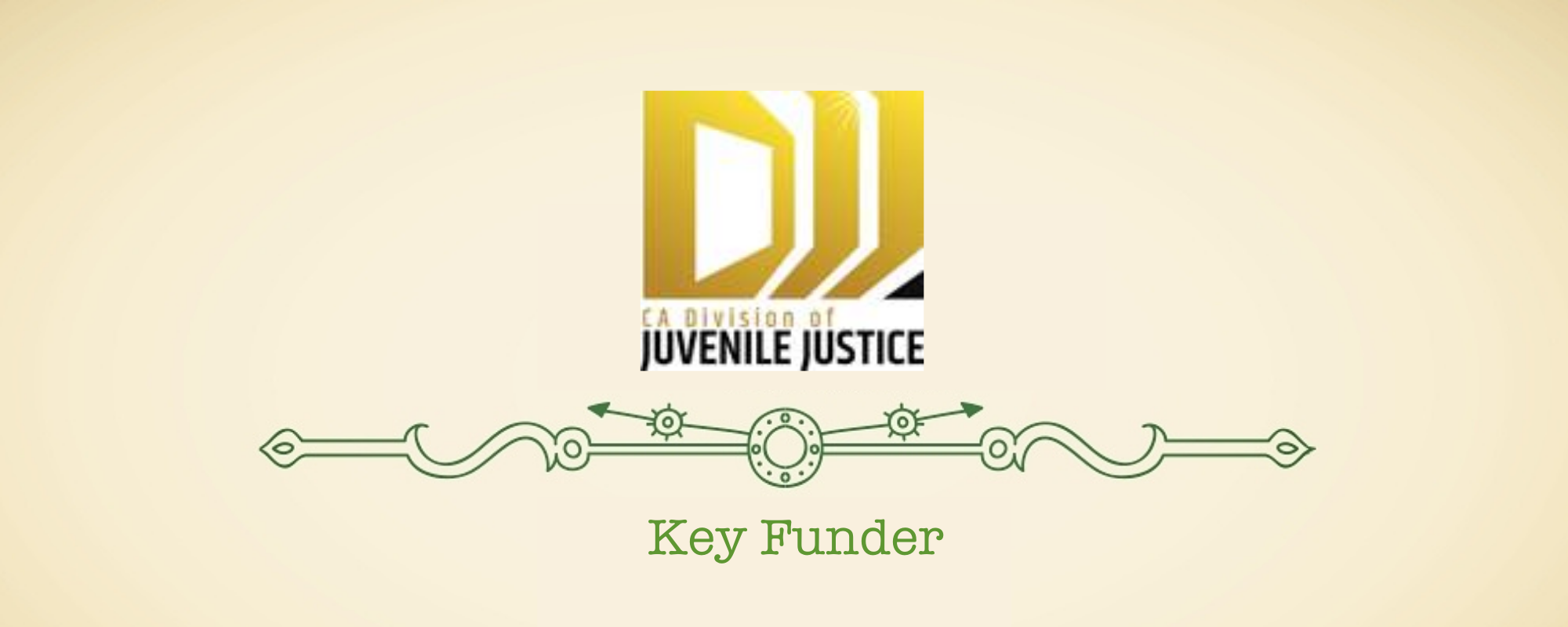Writing with kids as a 916 Ink Wordslinger (writing workshop facilitator), and before that, as an Inspirator (workshop volunteer), I’ve found that each class, each group of students, has its eager, bright-eyed participants, itching to put pen or pencil to paper, those who are there to socialize, to whisper and pass notes to friends, and a few who hunker deep in their hoodies, avoid eye contact and profess to, “hate to write.”
It’s the same with the incarcerated teenagers I’ve had the privilege to write with at the Sacramento Youth Detention Facility (YDF), and it isn’t the same.
Those who love to write often feign disinterest in the first few sessions. I imagine it feels too risky to be enthusiastic about writing, or anything else. Perhaps they are afraid they’ll be teased, bullied, that their words will be tossed back at them like grenades.
The more expressive ones have dancing eyes that alight on friend and foe, registering quick, teasing smiles of recognition, or flashing “I see you” glares, the equivalent of two cold fingers pointed at their own eyes, then directed at the other. But with two guards poised on either side of the classroom door and their teacher behind her desk, there’s no whispered gossip, no switching seats, no passing papers across the aisle.
Students enter the classroom one at a time, walking between the guards at spaced intervals when their names are called. They arrive empty-handed. I pass out lined paper, folders for their work, ones without metal clasps – no paperclips, staples, anything metal or sharp allowed. A wooden block on the teacher’s desk holds their assigned pencils. Stubby golf pencils that are collected and returned at the end of class – each one accounted for.
Still, it’s a classroom, an oasis of learning. With desks, a few computers, reference books, mathematical equations on the whiteboard left over from the preceding class. It’s where these girls can stay on track to graduate high school. The 916 Ink workshop is woven into their curriculum.
916 Ink uses techniques based on the Amherst Writers and Artists Method. Students write to prompts. They share if they choose to, and receive only positive, supportive feedback on their work – no questions, corrections, or assumptions. The process builds trust and a writing community. Whether they showed up at the first workshop hesitant and distrustful, or with their hearts and minds seemingly encased in concrete, over the course of twelve weeks, most do write, most do share, most do find self-expression, pride, and community as their own words, their own truths, make it onto the page.
The pride in a young writer’s face after she’s shared a piece of herself with her peers. The flush of possibility, of potential, when her words meet with praise, with nods of respect and understanding – that was real… that was deep… I felt that… that was good… I mean, really good. That’s the joy, the magic of the 916 Ink writing workshop.
It’s magic that works in all kinds of settings. For the YDF girls, the writing can quickly go to a deeper place. Perhaps that’s because their opportunities for praise and free expression are few, and the risks of vulnerability and honesty exponentially higher. Or perhaps it’s that what they’ve seen and known and survived in their short lives, is more than many experience in a lifetime.
“One-Wish Genie,” is a prompt that asks: if you found a genie that could grant you just one wish, what would it be? In classrooms on the “outside,” responses often reflect the desire for fame and fortune or something more purely whimsical – to talk to animals or live back in the Renaissance. For the YDF girls, the wishes they write about are equally beyond their immediate grasp, yet by a different yardstick.
I would wish to be home with my baby son for the holidays.
I wish I wouldn’t have come here; that my life had been different.
I wish my daddy didn’t give me up.
“My Most Me Place,” prompts students to write about a place or time when they felt most at home. Many students describe their bedroom, grandma’s kitchen, or the first home they remember. For the YDF girls, it’s often the same, and it isn’t.
My most-me place is after lights out, when the cell doors are all locked and I’m safe inside.
My most-me place was when I was six. I could go outside, even down the street, and not worry who was following me or what car was gonna slow down alongside me. I was just a kid. I didn’t have nothing anybody wanted.
“Where I Come From,” asks writers to think about heritage, family, traditions big and small. In this country, where most of us trace our roots to other lands and diverse cultures, responses run the gamut. That’s true for the YDF girls too, yet there are common threads.
I come from where the street don’t sleep, where people lurk in the shadows.
I come from where nothing was never just given to us, where you stick around after school because you have nowhere to go at the end of the day and nobody on your side.
Many of the girls will only participate in the writing workshop for one, two, or a handful of sessions. Either the class began when their time was nearly up, or they had shorter sentences. Each week, new girls arrive; they begin at the beginning. A much smaller group shows up for the full twelve weeks. These are the girls whose faces you can’t forget. You remember their stories, their personalities, and changing moods. You pray their futures are as bright as the dreams and plans they wrote about.
Two girls were with me a full twelve-week semester. They sat on opposite sides of the small classroom, yet I sensed a bond. I overheard them call one another, “sister.” They must have seen a question in my eyes. “We came up in the system together,” one of them offered. “She’s my foster sister.”
Towards the end of the term, the older of the two whispered that she was being sent to a group home in another state. Visibly excited, she smiled and bobbed in her seat. I asked if she’d ever been, thinking maybe she had family there, fond memories of the area. She shrugged and shook her head no. I suppose it was the change she was glad of. The possibility that it could be a good place, better than the ones before, better than being incarcerated.
She always asked me for ideas, to give her a sentence starter, like a nudge on a bicycle. The other girl, her foster sister, always knew what she wanted to write about. She would tap her little orange pencil on the page and catch my eye, mischievous, anticipating another opportunity to surprise us. Often, her stories were rhyming anecdotes about favorite fast foods, hanging out with friends, music, funny shows. Her snapshots of simpler, happier days made the other girls laugh and forget their surroundings for a moment.
“Again,” they’d say. “Can she read it again?”
In one of our final sessions, the prompt was to write about a “hero,” it could be a superhero, a real person in your life, whatever is conjured by the word “hero.” She wrote this:
There’s no such thing as heroes. I have to do everything by myself. Always have. So maybe the hero is me.
These are teenage girls. They want to have fun. They want to love and be loved in return. They want to feel safe. They want to have nice things and to feel pretty. When we write together, they are in a safe bubble. Their words can take flight and transcend. In the world they will return to, there is no safe bubble.
They say this is a land of equal opportunity, that any girl can grow up to be President. Yet surely the path is steeper, slipperier and more grudging, without the advantages so many take for granted – a stable home life, a warm bed, and food on the table, access to education and opportunities, love and respect.
I hope these girls will remember their 916 Ink workshop, how it felt to write their truths, to be heard and seen, to have their words published in a book. I hope they will keep writing, and reading, and that doing those two simple yet magical things – reading and writing – will continue to open doors and windows and show them staircases to places they want to go and, perhaps more importantly, give them hope that they can get there, and the will to try.


